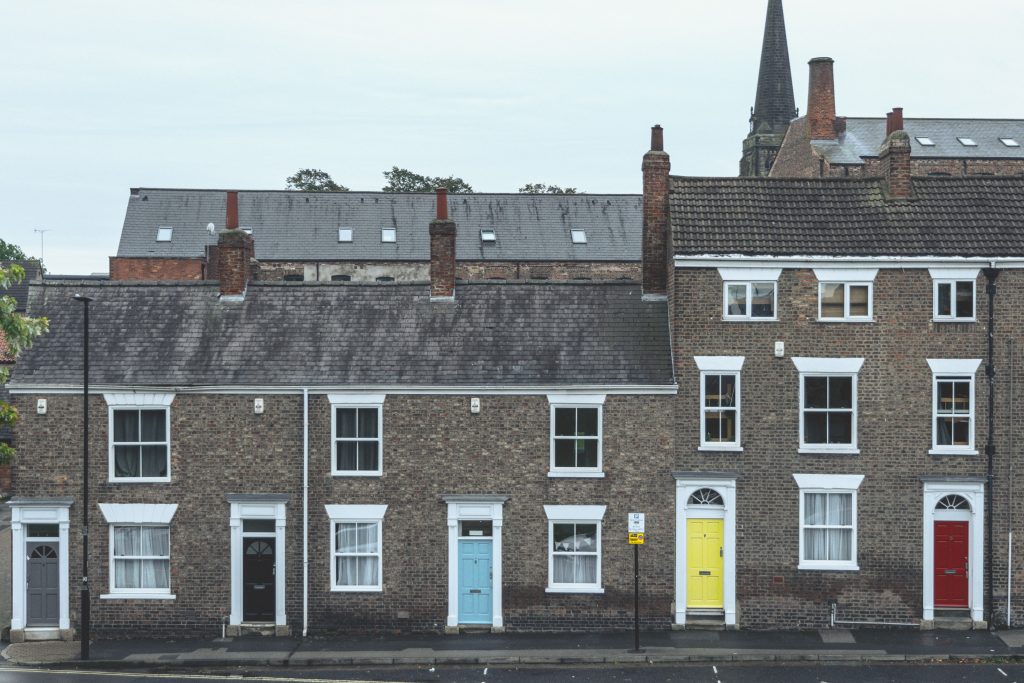How retrofitting the UK’s old buildings can help meet climate targets and generate £35bn annually

Retrofitting historic buildings in the UK could help meet climate targets and generate £35bn of economic output annually, according to a report by the National Trust, Historic England, and leading property organisations. Nearly a quarter of all UK homes (6.2m) and almost a third of commercial properties (600,000) are classified as historic buildings built before 1919 and include Georgian townhouses, mills, and factories from the Industrial Revolution.
Improving the energy efficiency of these buildings could reduce carbon emissions from UK buildings by 5% each year. Retrofitting often involves improving the energy efficiency of the window and heating systems, reducing heat loss. This is a significant economic and environmental issue because the UK has some of western Europe’s oldest and leakiest housing stock.
However, adapting historic buildings requires specialist skills and training, and the UK currently only has half the skilled workers needed to retrofit all old buildings. Without taking action to mitigate this shortage, the UK will likely face a backlog of retrofit projects and risk losing some of its cultural heritage.
The report’s authors call on the government to create a national retrofit strategy that includes skills, training, funding, standards, and advice to address this issue. The authors suggest making the apprenticeship levy more flexible to allow unspent funds to be channelled into training more people in the heritage retrofit field.
Several previous attempts to address the inefficient housing stock in the UK were unsuccessful.
- The 2013 “green deal” offered loans to householders to install efficiency measures repayable through households’ energy bills. However, just 15,000 of a target of 14m homes were insulated by 2020, resulting in the abandonment of the program.
- The 2016 zero-carbon homes standard required new homes to generate an equivalent amount of energy on-site from renewable sources as they used. However, the government never implemented the programme.
- The green homes grant was part of the first Covid economic stimulus packages. The programme offered upfront government grants but reached only 5,800 of its target of 600,000, leading to its early cancellation.
Retrofitting historic buildings can help reduce embodied and operational emissions, mitigating emissions from the construction industry. Renovating an existing structure is more environmentally beneficial than constructing new green buildings because it takes 10 to 80 years for the benefits of a new energy-efficient building to compensate for the carbon emissions incurred during its construction.
Tor Burrows, Grosvenor’s Executive Director of Sustainability and Innovation, said: “The UK needs a long-term national retrofit strategy, led by the government, positively bringing together training, funding, and standards to sensitively decarbonise our historic buildings. Only then can we truly seize this opportunity to tackle a significant source of greenhouse emissions while protecting our much-loved built heritage.”
In addition to reducing emissions, retrofitting can also boost the economy. A national retrofitting campaign could lead to an extra £35bn of economic output annually through construction activity and knock-on benefits for the tourism and hospitality sectors. According to a recent study by Amherst College in Massachusetts, retrofits also create 50 per cent more jobs than new construction projects.
Patrice Frey, the National Trust for Historic Preservation’s director of sustainability, points out that new construction projects tend to spend more money on materials, whereas retrofits spend more on labour and thereby create more jobs.
Prioritising historic buildings is crucial not only for the environment but also for the economy and society. The heritage sector directly contributed £14.7 billion to the UK economy in 2019. Retrofitting buildings will also lower energy prices for homeowners and help prevent fuel poverty.
